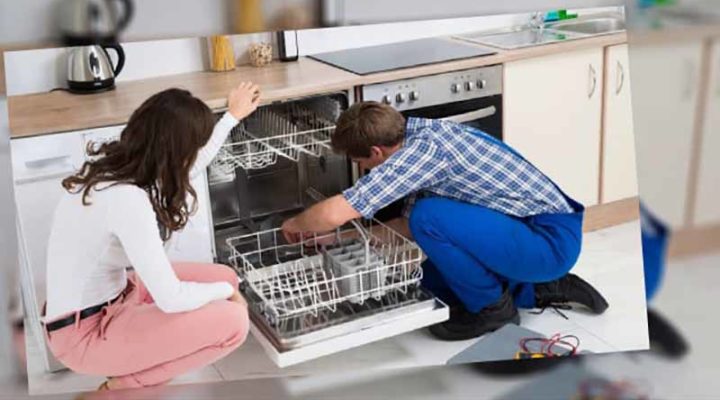
Repairing and troubleshooting major appliances is seemingly a daunting process. You don’t know how it works, why it stopped working. As a result, you have no idea how to fix it.
If you are someone who never went through any troubleshooting ordeal, this is probably a bolt from the blue for you, right?
At the time of facing a major appliance breakdown, service companies like Refrigerator Repair Irving is there for your help. They are known for appliance repair in Irving as well. However, you can always do some basic checking by yourself before knocking the experts as appliance repair and troubleshooting is a costly service.
That’s why I want to share some insight on How to repair and troubleshoot major appliances.
Experts Recommendation Regarding
Repairing & Troubleshooting Major Appliances
Things that you might miss out
- Inspect the supply (electricity/gas/water)
The very first thing you should do is to check out the issue of electricity/gas/water supply before attacking the monster with your screwdriver!! If these supplies are ok, you’ll be confirmed that the problem lies with the appliance.
- Find the manual:
Before moving to the main unit, go & search for the manufacturer’s manual. If you don’t have it, surf the internet with the precise model number. Going through the manual might help you to understand to mechanism of the appliance. Additionally, some manuals contain common problems & their solutions.
3 Important Tips
While attempting to repair any type of appliance, there are 3 very important rules you should never ignore. I sincerely ask you to take this as a request. Don’t try to save time, money, or any hassle by ignoring these rules, you may end up saving nothing at all rather injuring yourself or damaging the appliance.
- Always ensure the electric power and/or the gas supply to the appliance is disconnected, before approaching to test/repair it. If you need to turn the power on to check your work after any troubleshoot/repair, do not touch the instrument. Just turn the power on & perceive. If you want to diagnose further, again turn the power off before diagnosing.
- If the parts of the appliance are connected with screws, nut-bolts, plugs & any kind of take-apart fasteners, probably you can troubleshoot by yourself. If the parts are connected with rivets & welds, you will need professional help.
- Most of the times, replacing the broken or faulty parts are quicker & cheaper than repairing. If you cannot find the exact replacement of the rejected part, it’s okay to replace the part with a similar one, as long as it fits into the former place. But you must follow the manufacturer’s guideline for installation.
Pinpoint the problem
Small appliances are generally simple and easy to repair. On the other hand, major appliances are relatively complex. Let’s pick an example: a washing machine. It consists of a motor, a timer, and a pump along with various switches, valves & solenoids.
With this sort of apparatus, issues can happen in either the control gadgets or the mechanical/power parts. Failure of a control tool might also affect one operation or the whole equipment; failure of a mechanical/strength device usually impacts on the capabilities that rely on that tool.
Remember, when a major appliance breaks down, pinpointing the trouble is as important as knowing the way to repair it.
Disassemble the appliance
For repairing or troubleshooting a major appliance, you’ll need to disassemble the complete equipment or a part of it.
Important reminder: Precaution is the priority
In some appliances, like the double-insulated equipment or electricity equipment, the electric parts can convey electrical current. However, these equipment aren’t fully shock-safe. So, never use an electric drill while standing on a wet surface.
Your life is more valuable than the appliance. So, if you don’t feel confident enough regarding these precautions, you should call the experts.
Start Disassembling
It’s the time to disassemble the appliance to dig deep and find out the problem. You better have the diagram for these ordeals. Check the diagram & take away the parts in reverse of the way the manufacturer put them collectively.
Learn more:
You can learn more about the common components of major appliances like – power cords & plugs, motor, gasket, wiring, switches, thermostats, heating elements, timers, pilot lights, thermocouples by researching them on the internet, online forums & books, if you are that much of an enthusiast.
Final verdict
You can always call a technician to repair your appliances. But if you can measure the gravity of the problem and pinpoint where the problem lies, you will know when to call the servicing shop and properly explain the details. Hope, you can do some troubleshooting & repairing by yourself now as you have got some basic knowledge on How to repair and troubleshoot major appliances.
Leave a Reply